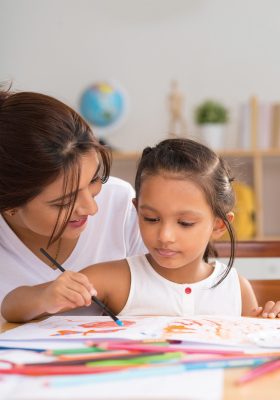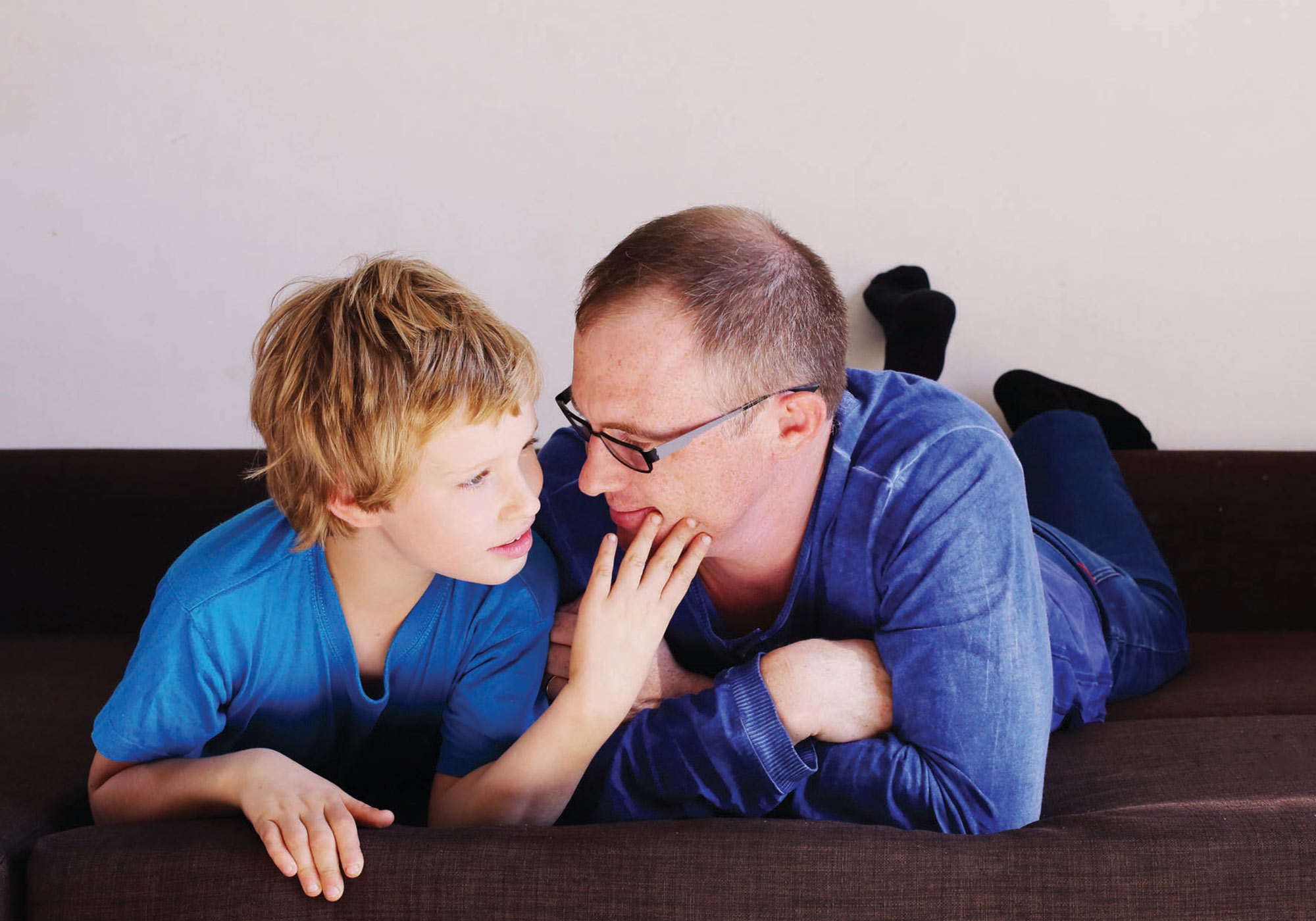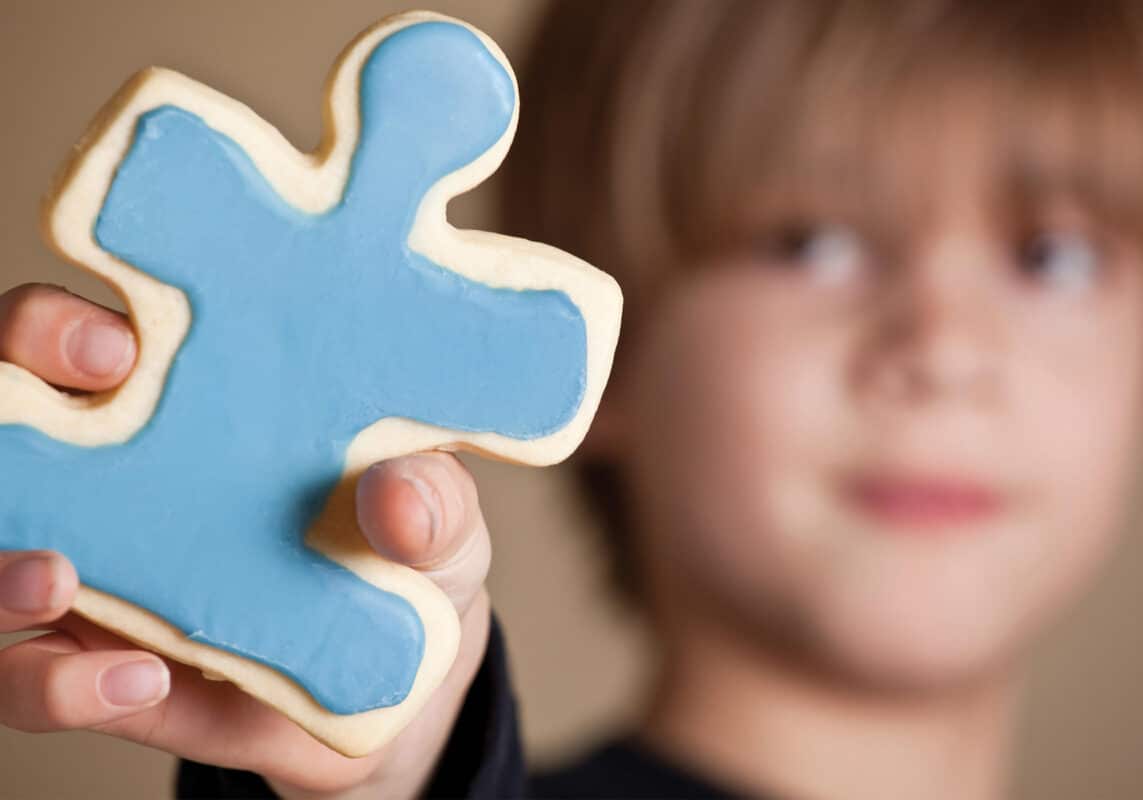HOW TO SHOW SUPPORT AND FRIENDSHIP TO CHILDREN WITH AUTISM IN YOUR COMMUNITY
There’s a good chance that you’ll know a child with autism before your own kids have finished high school. Autism spectrum disorder affects as many as 1 out of every 54 children in the United States. An autism diagnosis can leave many children and their families feeling isolated from their community, but you can help break that isolation. Read on for more tips on autism and communicating.
What is Autism Spectrum Disorder?

Autism spectrum disorder (ASD) isn’t a single condition. “It’s a whole range of conditions and behaviors,” says Kara Reagon, the director of education at the Virginia Institute of Autism. “An individual [with autism] has a set of either behavior deficits or behavioral excesses. They might have challenges with social skills, difficulty communicating or some repetitive behaviors.”
Children are usually diagnosed with ASD around age 2 or 3, or when they begin regular schooling at age 5. Some may need intensive, daily support. Others may live independently by the time they are adults.
However, most children who have ASD struggle with communication. They may have delayed speech development, struggle to read social cues and body language, show repetitive verbal and non-verbal behaviors or not know how to have a conversational exchange.
“Some of them may not have a functional way of communicating, and that impacts their behavior,” says Reagon. “[They may show] severe self-injurious behavior, aggression or property destruction. That’s a function of not having a way of communicating their basic needs.”
Tips For Communicating with Children with Autism Spectrum Disorder
Children with ASD need help from the adults in their lives—including the adults who meet them on the playground—to learn how to interact with others and express their needs, thoughts and feelings. No matter your experience (or lack of experience!), there are strategies you can use to communicate with a child who has ASD.
- First, meet them where they are. If a child doesn’t use words, pay attention to their gestures. “For example, if you see them reaching for a cup of juice, say ‘juice’ and hand it to them,” says Reagon.
- Second, watch the people around them. “Observe how they communicate with their siblings, with their peers or how their parents or teachers interact with them,” Reagon advises. Take your cue from them.
- If you’re going to be interacting regularly with a child who has ASD—for example a neighbor, relative or classmate from your child’s school—ask their parent about tools for facilitating communication. Families may use sign language, apps like ProLoquo2Go or tools like the picture exchange communication system (pecsUSA.com).
Encourage your child to show an interest in what the other child is doing.
- Helping your kids be kind. Teaching your own kids how to communicate with children who have autism doesn’t need to be complicated, says Reagon. Have your children say hello and introduce themselves as they normally would, even if the other child responds in unexpected ways. Encourage your child to show an interest in what the other child is doing. “If they want to go down the slide at the playground over and over, your child can help them do that,” says Reagon. “Like you would with any other child, teach them to be kind and patient,” she adds. “Really try to be a friend. It might take a little longer, but it means a lot to those children and their families.”
- Above all, encourage your children to be open and friendly to every other child in their community, even if they communicate a little differently. “Each student and family I have worked with has taught me so much,” says Reagon. “I really think that if you take the time to get to know children with autism, and get to know their families, it can change your life for the better.”

Find even more parenting articles like Tips on Raising Money-Smart Kids, Helping Your Toddler Understand No Means No, 13 Steps to Being A Winning Parent and so much more. Learn more about autism and communicating at www.autismspeaks.org.
is a freelance writer, CharlottesvilleFamily’s Family Health Editor and mother to two busy children.
YOU MIGHT LIKE



